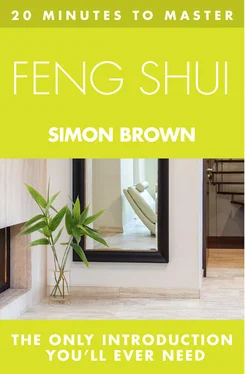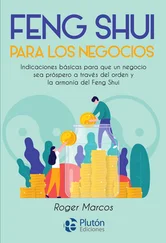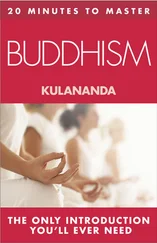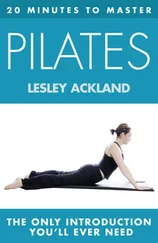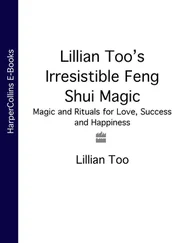Over the years I have met so many teachers who have helped me along this path, and I thank them all. In particular I wish to thank Michio Kushi for inspiring me to make so many positive changes in my life, and all his profound teachings on oriental philosophy and medicine. Shizuko Yamamoto for training me so well in the art of shiatsu, and keeping me focused on real life practical matters. Patrick McCarty, Rik Vermuyten, Patrick Riley and Saul Goodman for being such good teachers in class and so much fun out of class. I have always benefited from and enjoyed my time spent with Marc Van Cauwenberghe, Bill Tara and William Spear.
The aspect of my work I find most enjoyable is the people I meet. Over the years so many of my clients have become good friends. I wish I had the space to mention them all. I would like to give my special thanks to Boy George, Michael Maloney and Kim Andreolli for making my work so exciting and being such good friends. In the same way I have greatly appreciated the company of Bruce Stonehouse, and I would like to thank him for reading the drafts of this book.
I also wish to thank Gina Lazenby and Heidi Gough for their much appreciated work in organizing lectures and clients for me through the Feng Shui Network International. Harriet McNeer who has supported me so much during my visits to the USA, along with Krista and Reid Berman.
I wish to thank all my clients for giving me the benefit of their experience.
Michelle Pilley, from HarperCollins, who commissioned this book, deserves my warmest gratitude for believing in me and in Feng Shui.
Thank you all.
The first time I had the opportunity to put the principles of Feng Shui into practice in a big way was when I bought an apartment in Primrose Hill, London, towards the end of the 1980s. I had already made sure that the direction of my move was favourable to me at that particular time. The apartment, however, needed considerable attention. Not only that but in terms of Feng Shui principles the bathroom was in the ideal location for the kitchen.
We renovated the whole apartment, building new kitchen, dining room and bathroom using as many of the Feng Shui ideas as possible. The end result was a home that was not only a joy to be in, but also a place that I lived in during a very happy phase in my life.
These are my subjective feelings, however they were confirmed when we came to sell the apartment in 1993. Having bought our home at the peak of the property market in London we were now trying to sell at the bottom of the market. People all over the country were experiencing huge losses on their homes. Repossessions by the banks were running high. Neighbours above our apartment had bought theirs at the same time and were also trying to sell. Their home had lost twenty per cent of its value, which was typical across the country. Amazingly three people expressed an interest in our apartment and were willing to pay fifteen per cent more than we had paid in the 1980s. This more than covered the expense of renovation and left us with a reasonable profit.
I followed the same process when moving to my current address. First I found the best directions available to me in that particular year, and then looked at numerous apartments in that favourable direction until I found one that I considered to have the best Feng Shui. One of the reasons for moving was that I had decided to have my office in my home. Since moving this has been very successful for me. My home is constantly receiving visitors and even people who come for the first time are surprised by the bright, sunny atmosphere.
My own definition of Feng Shui is the art of building design that is solely focused on the success of the occupants. Whenever I am involved in a building project or advise someone on improving their home, my main consideration is how I can help them realize their dreams and desires in their lives. My recommendations are designed so that, whenever they are at home, their environment is actually helping their prospects for the future. I apply the same investigation to their place of work. I focus on how to improve the layout of their workplace so that they can be more successful and have happy relationships with their colleagues.
There are many theories on when and how Feng Shui began. One of them is that the ancient civilizations grew along the banks of the River Lo in China. This area was plagued with destructive floods, which ruined the agriculture and buildings. Eventually, around the year 4000 BC, a man named Fu Hsi made many improvements to the river banks that prevented further flooding. He became emperor and the area began to prosper. The area that enjoyed the greatest success was located with the river to the east and protected from the north-east winds. Feng Shui literally translates to Wind Water.
One day, whilst meditating on the banks of the River Lo, Fu Hsi saw a turtle climb out of the water in front of him. Being a symbol of life-long happiness, the turtle has great spiritual significance. However, he was amazed to notice a pattern of black and white dots on the turtle’s shell. These dots were arranged in groups from 1 to 9. Not only that, but they were laid out in such a way that whenever they were added together, whether vertically, horizontally or diagonally, they always added up to 15 (see Figure 1). Today, this is known as the magic square, and is fundamental to many forms of Feng Shui.
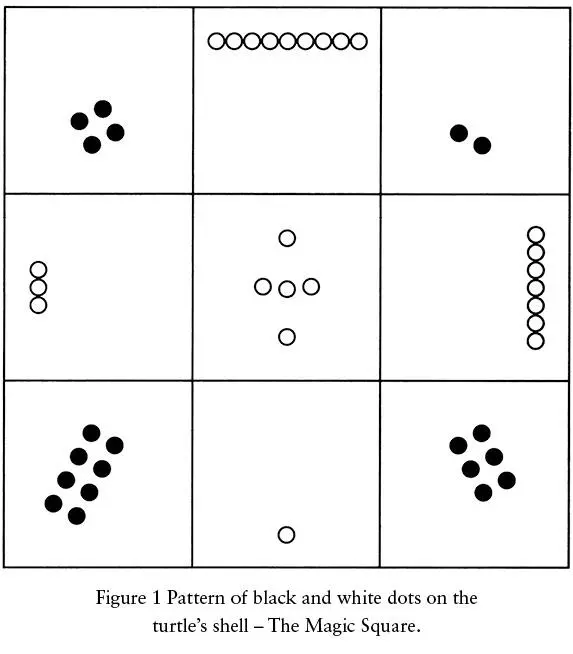
My aim with this book is to explain the essential principles of Feng Shui, and then to show you how to apply them in real life. I began by studying Chinese medicine and philosophy. As time went by I concentrated more on shiatsu, which is a form of acupuncture using hands, rather than needles, to stimulate or relax acupressure points. This proved to be an excellent foundation to my studies as I could later use the ability I developed to feel the movement of energy in a person, to detect the flow of energy in a home. During the course of my studies I first heard about Feng Shui from lectures on oriental medicine and macrobiotics. Feng Shui is based on similar principles to oriental medicine, except that, rather than applying them to a person, Feng Shui applies them to buildings. These lectures and my discussions with masters in oriental medicine were a profound introduction to the principles of Feng Shui. I would like to take you on a similar journey, which eventually led me to becoming a Feng Shui practitioner. To really help you understand Feng Shui I will first explain a) the energy we are working with, b) the forces of yin and yang, c) the five transformations of energy, d) the eight trigrams, e) the magic square, f) the eight directions and g) the compass. Once I have explained these principles I can then go on to explain how to apply Feng Shui to your own home or place of work.
Feng Shui has been practised throughout China, Japan and Hong Kong over many centuries. Over such a large area different schools of Feng Shui have developed. There are four aspects popular in the west. They are the Eight Directions, the Eight Houses, the Flying Star School and the Form School. The Eight Directions, the Eight Houses and the Flying Star School methods of Feng Shui all use a compass as the basis for deciding how the energy in each part of a building will influence the occupants. In these methods, the earth’s magnetic field, the Sun’s solar energy, and the influence of the planets are all thought to have the greatest effect on the way energy flows through a building.
THE EIGHT DIRECTIONS, OR THE COMPASS METHOD
This method uses a compass to determine the location of eight different areas, each area experiencing a particular type of energy. The features of the house such as the doors, windows and stairs, the function of the rooms such as the kitchen, or the shape of the house, are examined to determine their influence on the home according to the direction in which they lie. In addition, a form of Feng Shui astrology, called Nine Ki, is used to understand and determine the influence of the date and direction of the occupant’s move to this building, as well as to establish the ideal time to implement any changes to the building, or to decide when the occupants might initiate important changes in their lives. In addition, the occupants’ own Nine Ki chart will influence the recommendations made for their home. Another common approach is to use a form of astrology know as the four pillars to take a reading of the five elements present as the time of birth.
Читать дальше
